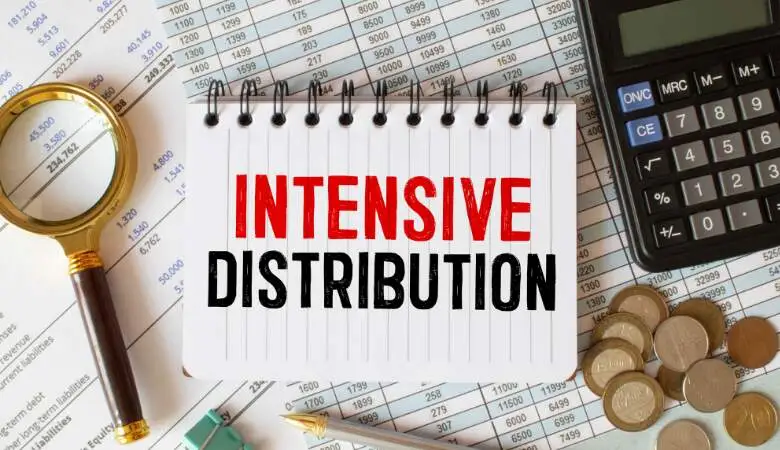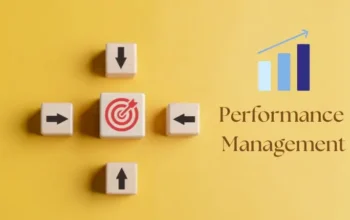Intensive distribution is a type of distribution strategy that consists of selling a product in various stores, shops, and points of sale. The main objective of this type of strategy is to offer the product to users in as many places as possible so that they can find it and have it at hand whenever they need it.
Food products, especially beverages, are the clearest example of items that follow this distribution strategy. If you notice, wherever you go, you will always have a Coca-Cola, water, Fanta, beer, or any energy drink at hand.
In this article, we will tell you which sectors or products, besides food, are attractive in implementing this type of distribution strategy. In addition, we will also investigate its advantages and disadvantages, as well as the different intensive distribution channels that exist. At the end of the article, you will find some real examples of brands that carry out this type of distribution, giving you a clearer idea.
When to implement intensive distribution
Not all products are suitable for an intensive distribution strategy. A product must meet particular characteristics to saturate the market at that level. Below are two of the most essential requirements that a product must meet to be successfully marketed through an intensive distribution strategy:
- High demand: The product must be commonly used and in demand by a large part of society.
- Affordable price: It should not have a prohibitive cost, being within reach of the average consumer.
Then, characteristics such as having a short shelf life or being a recognized brand help the strategy succeed. Still, they are not essential requirements for this type of distribution.
Specifically, food products, personal hygiene products, and over-the-counter medicines are the ones that use this strategy the most.
Channels in intensive distribution
As we have said, in this type of distribution, products are sold at many different points of sale to reach the largest possible audience. These are the various types of distribution channels that we find in this strategy:
Direct channels: These are the brand’s official physical and online stores, so there are no intermediaries.
Indirect channels: In this case, products are sold through intermediaries such as wholesalers, retailers, franchises, or distributors.
We also find vending machines in these two types.
Advantages
- Brand awareness or brand recognition: With this distribution strategy, the brand is more visible to consumers, and they begin to get used to its presence. Over time, it can become their go-to brand.
- Brand loyalty: Being so present also helps users become loyal to your brand and buy from it whenever they want.
- Increased sales: This strategy makes the most of any potential sales opportunities.
Disadvantages
- High costs: Maintaining so many distribution channels requires investing many resources in logistics and personnel.
- Loss of control: Unlike selective and extensive distribution, in this type, the brand cannot control how its product is sold, so there is a risk that its image will not be taken care of as much as desired, as well as the customer experience.
- Management complexity: Organizing this type of strategy requires in-depth market knowledge.
Types of intensive distribution
This type of product distribution can be carried out in different ways, which gives rise to the various types of intensive distribution. We will explain them below.
A company usually opts for more than one type but combines several.
Traditional distribution
The product is distributed in large supermarket chains and department stores. It has the advantage of extensive geographical coverage and an immense reach.
In this type of distribution, we also find sales in pharmacies, drugstores, and convenience stores.
Non-traditional distribution
In this section, we find new, more modern points of sale that have emerged thanks to the development of technology. Vending machines and automatic points of purchase are examples of this variant of intensive distribution.
Digital distribution
In this case, we find companies that sell through e-commerce and marketplaces, allowing them to reach a large audience anywhere in the world.
Mixed distribution
In this case, both physical and digital sales are combined.




